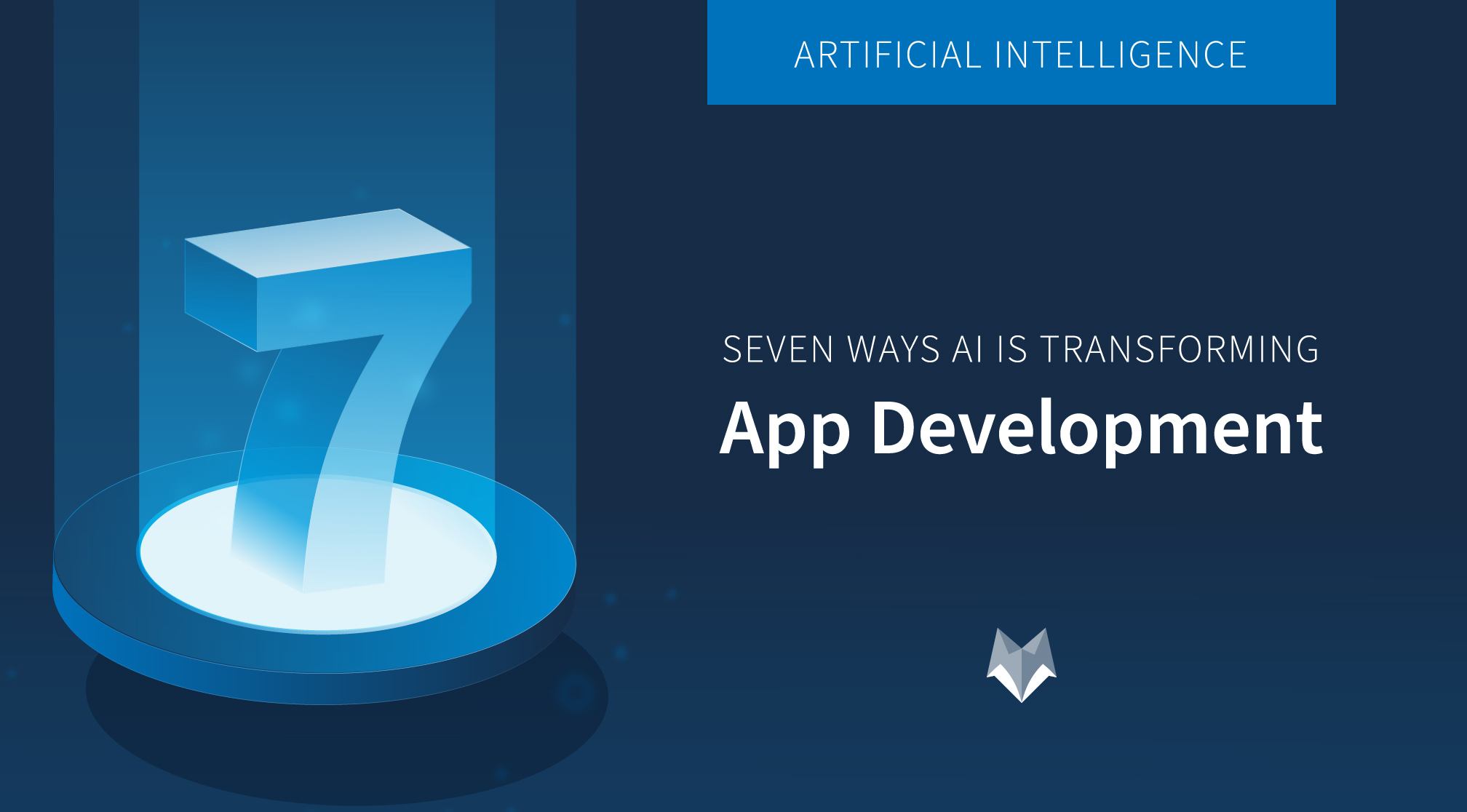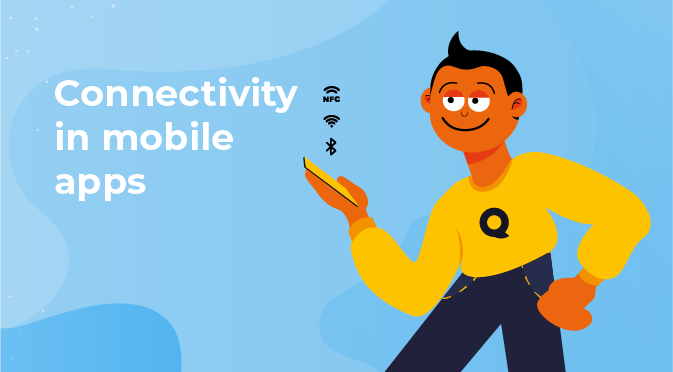App location: important inside and out
August 4th, 2016

As [an article](http://www.gummicube.com/2016/06/screenshot-localization-why-and-how-to-optimize-in-new-territories/) earlier on this blog so aptly points out, subtly tailoring your app’s listing screenshots for different geographical markets is hugely important. Tweaks as small as re-centring any maps in screenshots or changing text and images to reflect local moods and customs work to create a subconscious feeling of trust of your app from people browsing the store – something that will hopefully convert to more downloads. Taking location into account is vital from an app design perspective too, and the means through which it can be achieved grow increasingly sophisticated. We’ll explore a couple of them in this article.
## Language – knowing your left from your right
The need to translate apps into different languages when they are launched in foreign countries is a no-brainer, but some of the considerations that accompany this may not be immediately obvious. Apple often refer to this process as Internationalisation to emphasise the need to do more than just translated the text in an app. For example, does the language of the new country read from left to right (as with English) or right to left (as with Arabic)? In the past it was tricky to work with right to left languages, but modern phone operating systems are more forgiving. Android 4.2 has inbuilt layout mirroring capabilities, for example: <Image src="https://res.cloudinary.com/gummicube/image/upload/v1708646155/upload/community/2157733561.jpg" alt="settings" width="452" height="135" /> [Image source](http://android-developers.blogspot.co.uk/2013/03/native-rtl-support-in-android-42.html)
## Language – learn to tell the time
Another consideration for foreign app translations is the format of the date and time. In the UK we’re used to the format 19/07/2016; the Danish would be more familiar with 2016-07-19. In France they’d write the time 15h38 instead of 15:38 that we’re familiar with. In short, getting this right is another step toward making foreign users comfortable with your app. Again these functionalities are inbuilt, so resist the urge to hard-code the time in your preferred format.
## Jargon – best saved for another time!
Google’s [app localisation checklist](https://developer.android.com/distribute/tools/localization-checklist.html#prepare-launch) includes a number of suggestions that are quite jargon heavy. This is the sort of stuff that a professional app design agency (like the one I run!) take into account when designing apps but, to casual readers, they can be off-putting! Some examples of such tasks:
* Move all UI strings into strings.xml
* Follow Android guidelines for UI strings
* Provide sufficient context for UI strings
* Mark message parts that should not be translated
We’ll spare you the details of what each of these points mean, but it suffices to say that they refine the localised version of your apps through actions like ensuring pieces of text can remain untranslated where necessary (think of discount codes, peoples’ names, app-specific terms, and so on).
## Testing – local eyes see things yours might miss
Once you’ve made the required changes to your app, the most important step is to run these past local eyes to make sure that translations are correct, everything makes sense, the formatting remains properly aligned during use, and various other factors. This can be done to varying levels of proficiency, but we recommend investing money and effort into this step to make sure nothing slips through the net. An app with location specific issues can quickly alienate users in that locale! Google’s checklist then goes onto explain the importance of localisation of app listings – which takes us neatly back to the start! This primer on app localisation was written by [The Distance](https://thedistance.co.uk/) – an app development agency in Yorkshire.
Website [https://thedistance.co.uk/](https://thedistance.co.uk/)
Similar Articles

Posted on March 18th, 2021
The future of technology is AI and the future of AI is mobile. The latest data shows that the market size of artificial intelligence was valued at $27.23 billion in 2019, this figure is projected to reach $266.92 billion by 2027 (Fortune Business Insights, 2020).

Posted on February 24th, 2021
This guest-post is courtesy of our partners at Input Logic.

Posted on December 11th, 2020
Today nobody can imagine life without smartphones. They connect us with our friends and family, and provide entertainment and access to social media. That is why mobile phones have become an integral part of everyday life.




